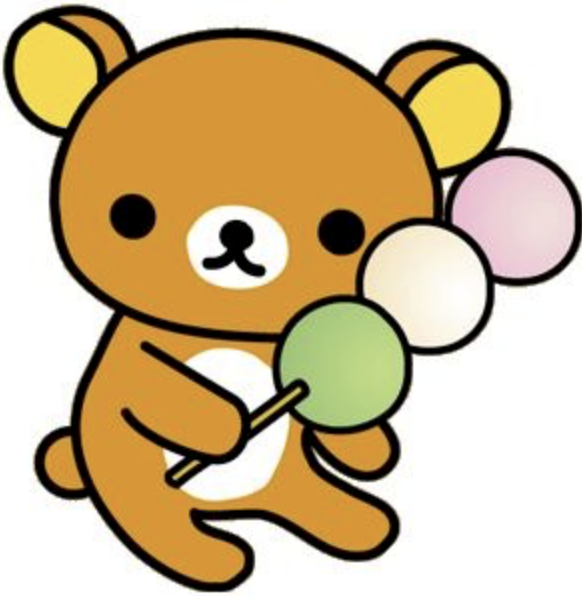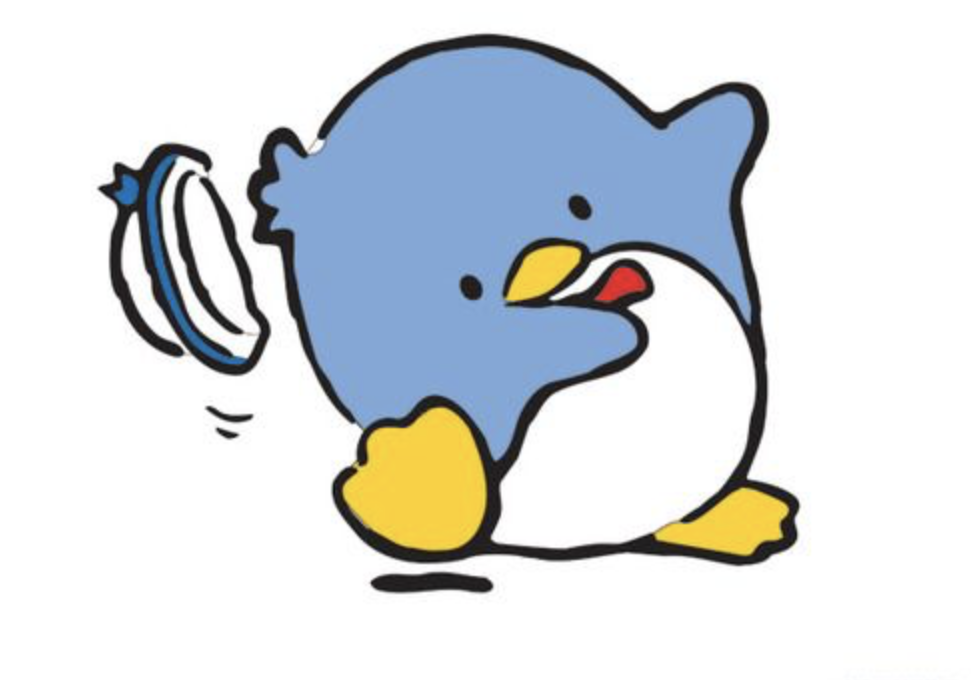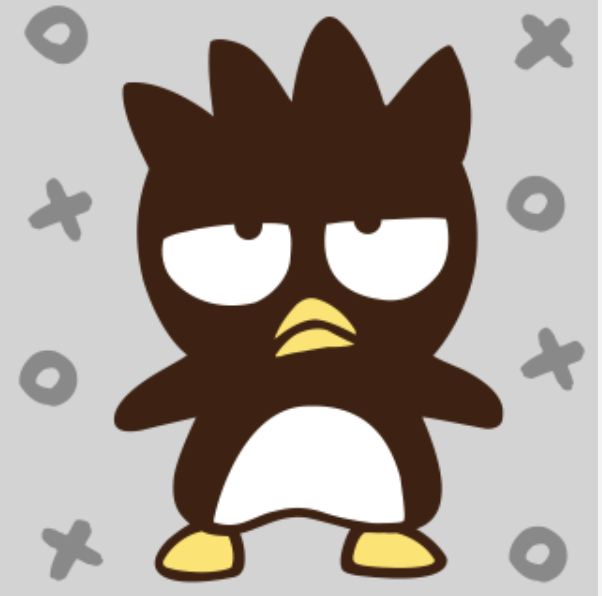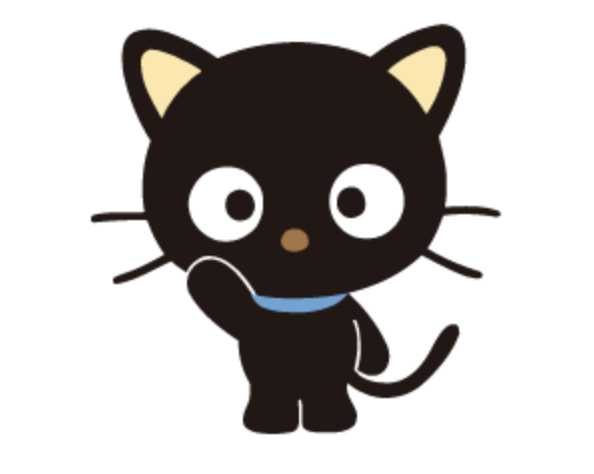Japan is well-known for its love of anime and cute cartoon characters. You’ll see them everywhere, from bus stop signs to government instructional videos; it seems everyone has their own mascot or animated character. And everyone – adults and children alike – have their favorites. So why are animated characters so popular? It’s because they’re either super cute or very relatable (or both).
Sanrio and Kawaii Culture
To understand why animated characters are so popular, let’s look at one of the biggest producers. Sanrio is a Japanese company that has created popular cartoon characters known throughout the world like Hello Kitty, and their success is due in large part to Japan’s kawaii culture. What is kawaii you ask? Kawaii means “cute”, and it’s a concept firmly rooted in the Japanese psyche. Things like puppies, babies and adorable cartoon characters are all kawaii. Frilly socks and hair bows are kawaii. A bento box lunch that has panda rice balls or octopus-shaped mini hot dogs is kawaii. You get the picture.
And while practically everyone can recognize Sanrio’s ultra cute Hello Kitty, one of the characters that started it all back in 1974, there are other Sanrio characters that deserve recognition too! So with that in mind, here are six awesome Sanrio characters you might not have heard of and the reasons they’re so popular in Japan (and increasingly, around the world).

Sheer Cuteness
These two Sanrio characters are popular because they’re so cute, and it’s easy to get drawn into their animated world and forget your troubles.
Rilakkuma – This cute bear whose name means “bear in a relaxed mood”, is known for being adorable. Japanese fans love Rilakkuma because he’s totally stress-free, despite the fact that his bird friend Kiiroitori (“yellow bird”), scolds Rilakkuma for just laying around all the time. This resonates with the notoriously overworked Japanese, and they enjoy escaping into Rilakkuma’s world. Rilakkuma was created in 2003 by Aki Kondo and has remained popular ever since.

Tuxedo Sam – This blue penguin, whose full name is Tuxedo J. Orville Samuel, was born in Antarctica and speaks excellent English. While he’s known for his fashion sense (he has a different bow tie for every day of the year!), he’s a little bit clumsy and loves to eat, which makes him lovable and relatable. Tuxedo Sam has been around for quite a while (he was created by Sanrio in 1979) and it doesn’t seem like that’s changing any time soon. In fact, I recently ordered a lucky bag from Japan (a lucky bag is basically a goodie bag given at New Year’s that is full of surprise gifts), and one of the goodies in it was Tuxedo Sam-themed.

They’re Relatable
The other reason animated characters are so popular is because they’re so relatable. They often express things that the typically-reserved Japanese feel they can’t, like, frustration with work or frustration in love.
Aggretsuko – The newest character on the list, Aggretsuko, or “Retsuko” as she is known to her friends and family, is a single, 25-year-old red panda who is an accountant in a corporate office. While she looks cute and sweet (and actually is), there’s another side to her. She vents her frustrations by singing karaoke death metal. And she has a lot to sing about that many Japanese can relate to – she has horrible bosses, money troubles, an overbearing mother, and can’t find a boyfriend despite her best efforts. It seems that people outside of Japan can relate to her too. Aggretsuko has gained quite a few international fans since her series debuted on Netflix in 2018.
Badtz-Maru – This cute penguin whose birthday is April Fool’s Day was created in 1993. He’s just a little bit mischievous and likes to stand out in a crowd by walking his pet alligator Pochi around Gorgeoustown. While Badtz doesn’t do anything sinister or even bad, his love of being just a little bit different and standing out in a crowd resonates with Japanese people. Japan is both a group culture and a face culture, which means that there are pretty strict rules about how to act in a social situation, and drawing attention to yourself is not really a good thing. In fact there’s a Japanese saying that goes “the nail that sticks up will get hammered down”. So Badtz-Maru is a way the Japanese can tap into their mischievous side without any consequences.

Chococat – While Chococat AKA “Choco” leans heavily on kawaii and just simply being cute, he also is a hugely relatable character for many kids whose family situation might not be ideal. Created in 1996, Chococat is spunky and one of the first to know anything, because his whiskers act like antennae and pick up information before anyone else knows about it. He’s a little scatterbrained though, and his parents are divorced, making him very relatable, particularly for kids that might be experiencing the same thing.

Gudetama – Popular in both the US and Japan, Gudetama is known as “the lazy egg”. He was created in 2014 and has the most Twitter followers of any Sanrio character. While his often-featured egg butt is extremely cute, it’s not the only reason he’s so popular – it’s also because he’s so relatable. We all know how it feels to not want to get out of bed on a Monday, or just stay inside all day and watch tv, but the hard-working Japanese seem especially fond of this character. In fact, new office workers in Japan are called “Tamago” (which means egg and accounts for the “tama” in Gudetama’s name), so it’s not hard for them to see themselves in Gudetama’s rantings about being tired all the time and wanting to stay in bed.
Gudetama’s immense popularity is also probably due in part to Japanese food culture. The Japanese love food (and you see eggs on just about everything), so being an egg, Gudetama taps into yet another aspect of Japanese culture.

So now you know why animated characters are so popular in Japan. They express feelings and vent frustrations that the typically reserved, often overworked Japanese can’t, and they’re fun escapes from the everyday grind. So while they look cute on the surface, these cartoon characters are really quite complex and transcend geographic boundaries. So which one is your favorite?
Sources – Sanrio, Co., Ltd,, Aggretsuko Twitter feed , Fandom – Hello Kitty Wiki , Fandom – Sanrio Wiki
Images – Top , 1 , 2 , 3 , 4 , 5 , 6 , 7


